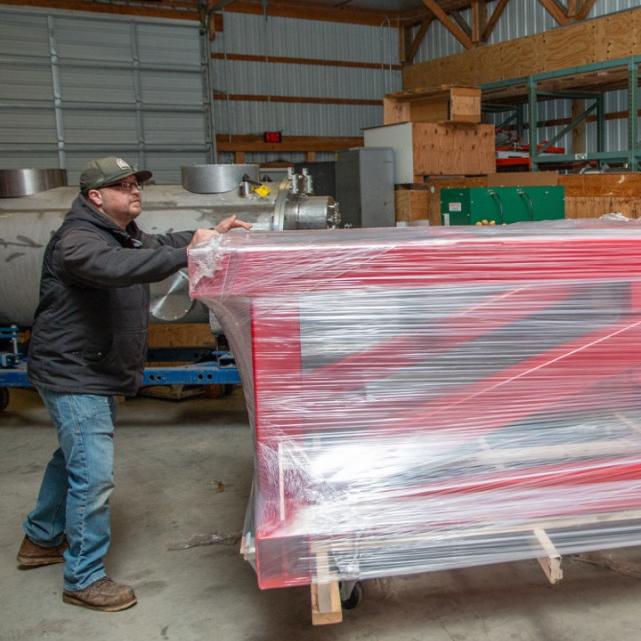
 Department Homepage
Department Homepage
Roving Mars, by air and land
The Ingenuity helicopter and other rotorcraft could provide reconnaissance for rovers to help guide their routes.




